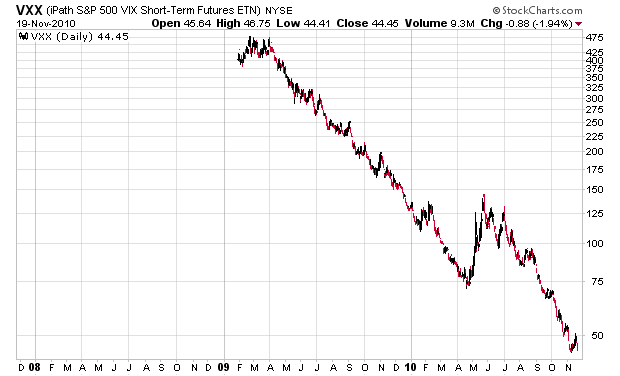The USA celebrated their Thanksgiving weekend last Friday, and one tradition they have is buying new stuff. Reading all the stories about the crowds and such always makes for media amusement in what is otherwise a very slow news day.
Some more sober statistics is that retail sales apparently were up 0.3%, while online sales were up a whopping 16% by comparison with respect to last year’s thanksgiving to this one.
One can easily see why people buy stuff online – it is so much easier to compare prices, shipping costs are now baked into the retail price, and you avoid crowds. I think shopping in crowds is a cultural event for a lot of people, in the quest for finding that elusive “great deal” that you can brag to all your friends about after.
This brings me to the subject of the valuation of Amazon (Nasdaq: AMZN), the largest online retailer. They are trading at $177/share, which gives them a market cap of about $80 billion. Amazon’s sales for the past 12 months were $31 billion, and income was $1.12 billion. So on a past 12 months basis, Amazon is trading at a P/E of 71x, or a yield of 1.4%.
Quite obviously, the market expects Amazon to grow a lot to fit into its present valuation. If the analysts are correct, Amazon priced in 2011 projected earnings will have an earnings yield of 1.96%, or 51 times earnings. You have to assume that Amazon will be able to grow their income considerably within a short period of time to begin to match some other firms with comparative valuations. For example, Walmart (NYSE: WMT)’s 2011 valuation has it at 12.1 times earnings, or an 8.3% earnings yield.
For Amazon to fit into this valuation, they will need to increase their bottom line profits by a factor of 5.9 times from what they have currently made over the past 12 months. This is a huge leap and there is obviously growth in the marketplace that can be better purchased elsewhere.
However, in terms of providing retail customers with a venue to shop in, they do an absolutely fantastic job. This is another classic case of a great company having a stock that you would not want to invest in at current valuations.

